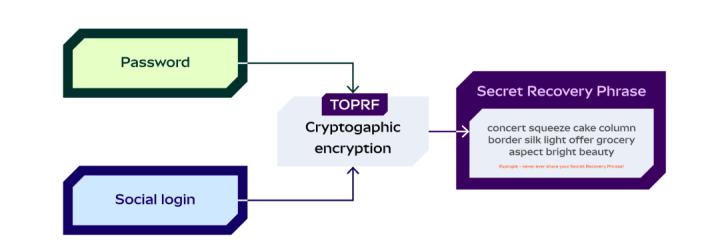According to a report by TheBlock, analysts pointed out that the weaker-than-expected US February employment report last Friday strengthened expectations of a rate cut by the Federal Reserve, which could boost risk appetite and support the stock market and crypto assets. However, the persistent inflation risk caused by tariffs and supply chain issues still constrains the policy shift. Last week, the US Department of Labor's seasonally adjusted data showed that non-farm employment only increased by 151,000 from January to February, the weakest February growth since 2019, lower than the 170,000 expected by Dow Jones surveyed economists. Government layoffs, reductions in federal funding, tariff uncertainty, and tightening immigration policies will weigh on employment growth in the coming months. These factors may lead to a slowdown in hiring, dampening economic momentum and reinforcing deflationary trends. The Federal Reserve is facing a complex policy environment: weak employment supports rate cuts, but inflation concerns due to supply-side constraints and geopolitical risks make it cautious. Uncertainty may continue to weigh on the crypto market.
Paul Howard, Senior Director at Wincent, said that the weaker-than-expected employment report confirms the need to cut rates to stimulate the economy, and reducing the deficit may be a government priority, which will benefit risky assets like crypto; Kirill Kretov, an expert in trading automation at CoinPanel, pointed out that a rise in the unemployment rate may improve the liquidity of and through increased expectations of rate cuts. The slowdown in wage growth suggests easing inflationary pressures, making the Federal Reserve more likely to pivot earlier. The CME FedWatch tool shows that 55.3% of interest rate traders believe the June FOMC meeting is the earliest rate cut this year, while the Atlanta Fed's GDPNow model has lowered its forecast for US first-quarter economic growth to a contraction of 2.4%, which, if realized, would be the first contraction since the first quarter of 2022, exacerbating recession concerns.
Analysts said that global economic uncertainty has led to an increase in bearish positions in the derivatives market, and the risk reversal indicator over the past 24 hours has been more inclined towards put options, reflecting market concerns about increased selling pressure. Option flow data suggests that optimistic sentiment may have to wait until the third quarter. Although $80,000 remains a key short-term support level for , the upside potential is limited. In the absence of a new narrative, the correlation between and the stock market may strengthen. Tariff risks remain, and volatility may increase ahead of the release of US CPI and PPI data this week.







